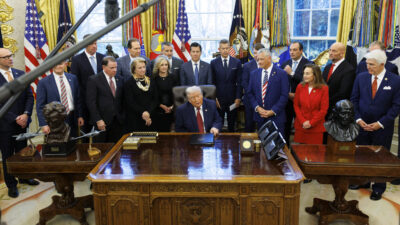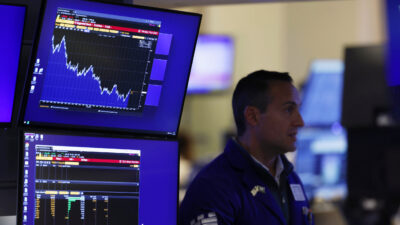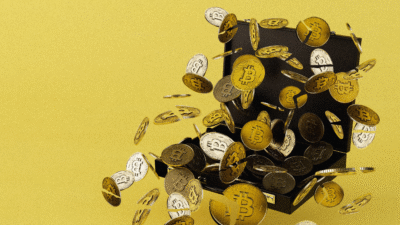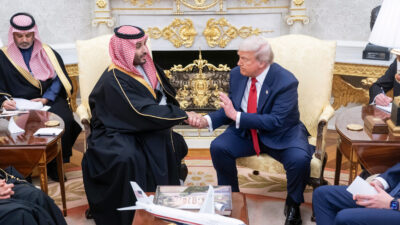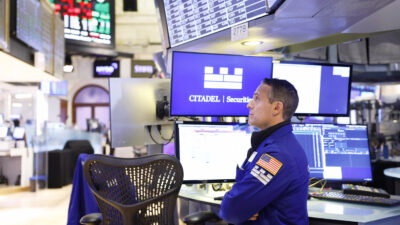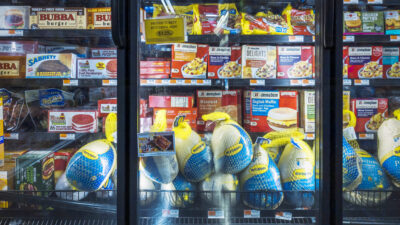Tariffs ‘The World Can Live With’: US-Japan Trade Pact Pushes Markets to Record Highs
While 15% tariffs would be nothing to toast in normal times, it seems pretty good after Trump first threatened Japan with a 24% tariff rate.
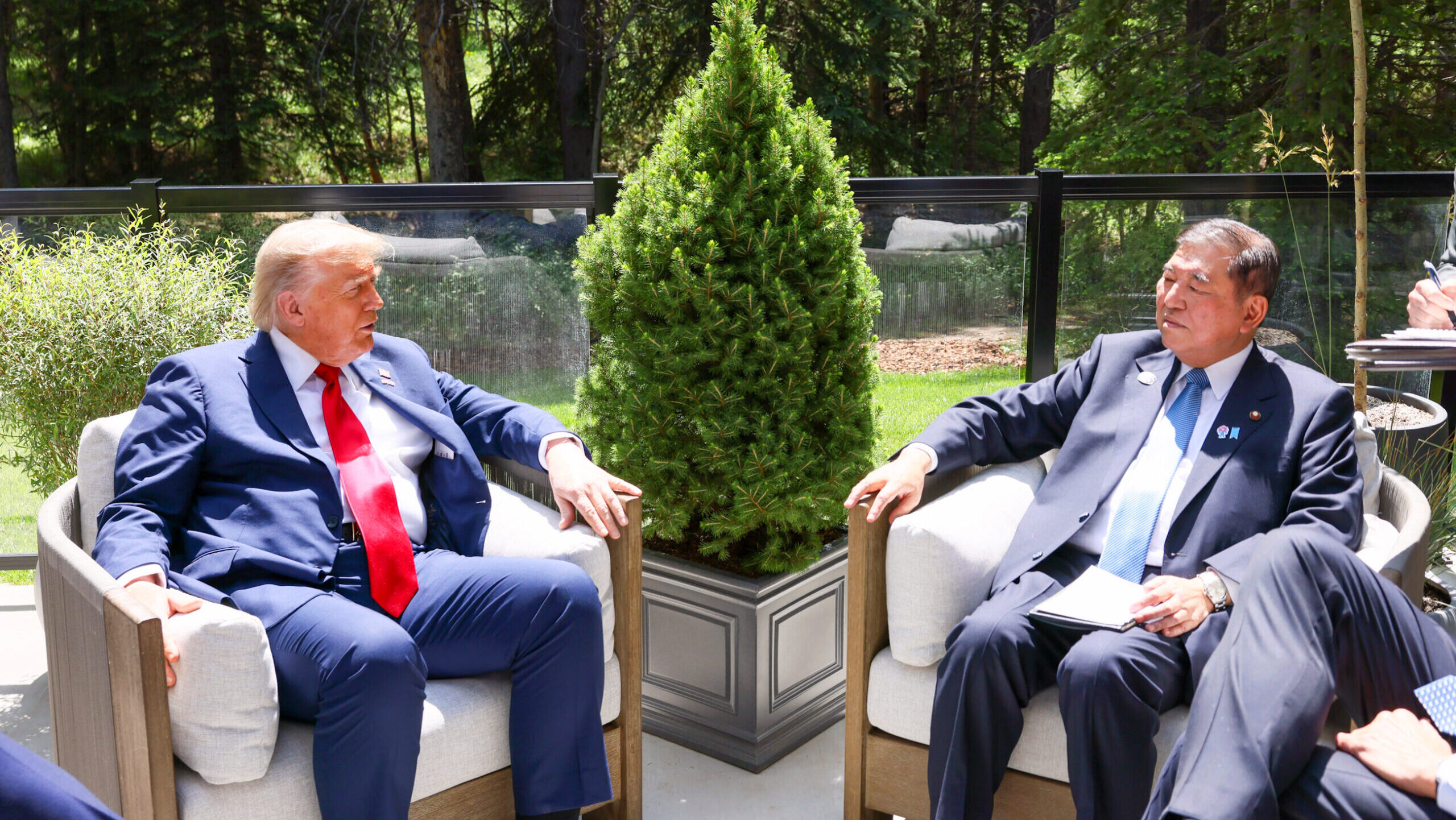
Sign up for smart news, insights, and analysis on the biggest financial stories of the day.
After trading hours on Wednesday, toasts of “kanpai” rang out across the bars of Tokyo’s Marunouchi financial district.
Not because the United States and Japan struck a trade deal, averting a damaging economic standoff and triggering a market rally on both sides of the Pacific. Because it was a workday, and the end of trading hours means it’s sake-o’clock.
Better than the Worst Case
President Donald Trump announced the “massive” trade agreement with Japan on his Truth Social platform late Tuesday, stating that it would introduce a 15% tariff on all Japanese imports to the United States. At the same time, the Land of the Rising Sun agreed to make $550 billion worth of investments stateside, he said.
While 15% tariffs would be nothing to toast in normal times, these are not those. Just over three months ago, Trump threatened Japan with a 24% tariff rate as part of his so-called “Liberation Day” that triggered a mass selloff in April. Japan, the fourth-largest economy in the world, sends 20% of its exports to the US, not to mention a whopping 37% of exports from its crucial auto sector (which faced a unique 27.5% tariff rate). A worst-case scenario for Japan on US trade would have knocked a full percentage point off of its economic growth, pushing the country into recession, economists warned. So it will take the deal. So, too, did financial markets:
- “While a negative from a macro point of view, the world can live with 15% or so tariffs,” Jefferies economist Mohit Kumar wrote Wednesday, adding that the average US tariff rate has risen to about 17% under Trump, up from 2.5% in 2024. Investors seem to agree, as the S&P 500 rose 0.8% and the Nasdaq 0.6%, both reaching new records, while Tokyo’s Nikkei 225 had an even more enthusiastic 3.5% rally Wednesday before rising another 1.6% on Thursday.
- Earnings season has shown that tariffs and tariff uncertainty have begun to wear on the bottom lines of US companies, something that more trade agreements with lower tariff rates could alleviate. General Motors said Tuesday that it took a $1.1 billion hit from tariffs, contributing to a 35% decline in net income in the three months through June, while shares in Texas Instruments plummeted 13% on Wednesday after the semiconductor supplier issued a guarded forecast and executives cautioned they didn’t know how much of a recent sales surge was because of customers trying to get ahead of future tariffs.
You’re Up, Europe: The US-Japan deal raised hopes that Trump’s administration will strike a deal with the European Union before an August 1 deadline imposed by the president. Indeed, EU member states were briefed by the bloc’s executive arm, the European Commission, on Wednesday about a potential deal that would also put 15% tariffs on exports to the US. As part of the negotiations, the EU is offering to drop its most-favored-nation rate on some US goods. The rate is a tariff formula applied to World Trade Organization members with which the EU doesn’t have a trade agreement; it currently averages 4.8%.

